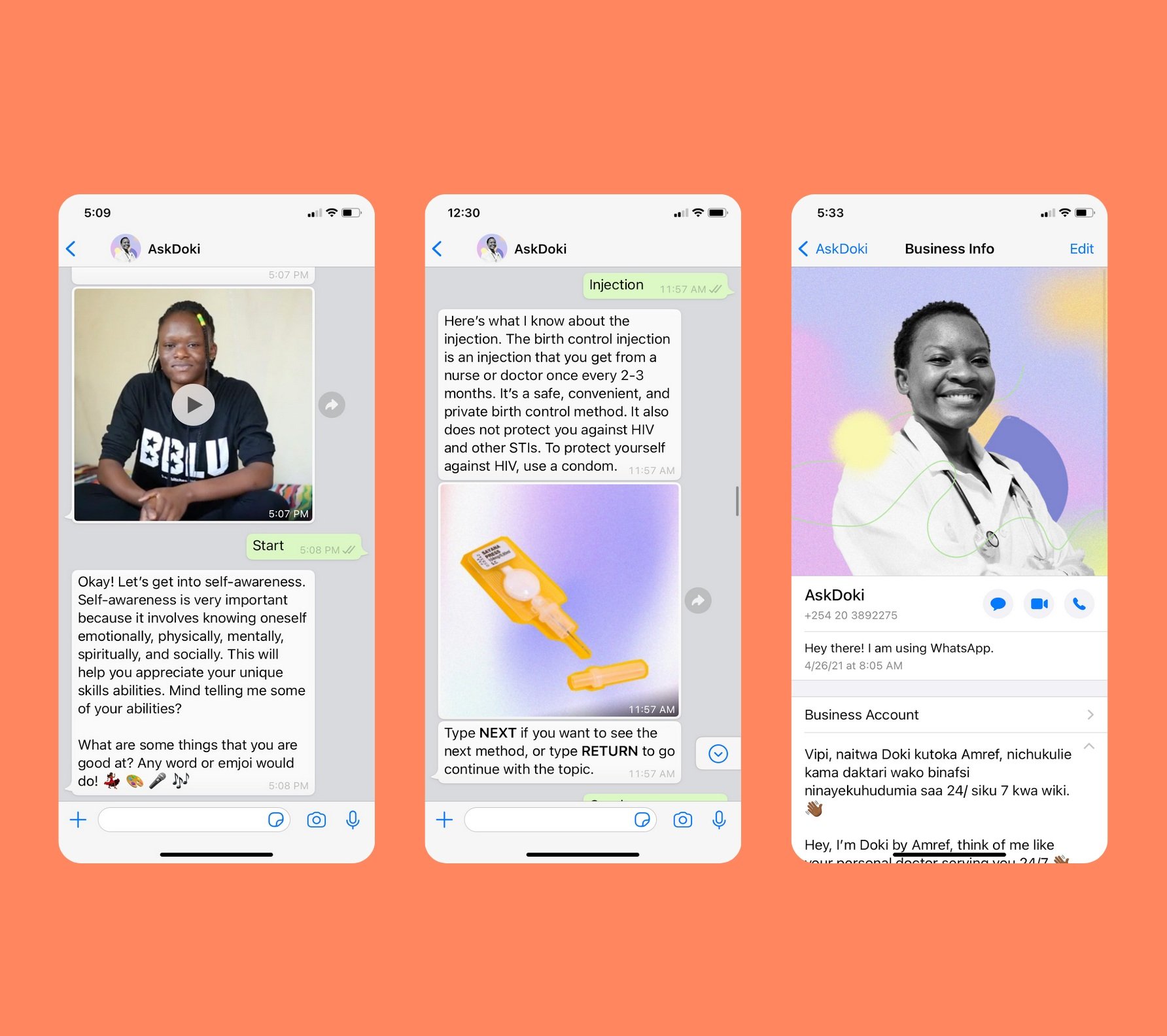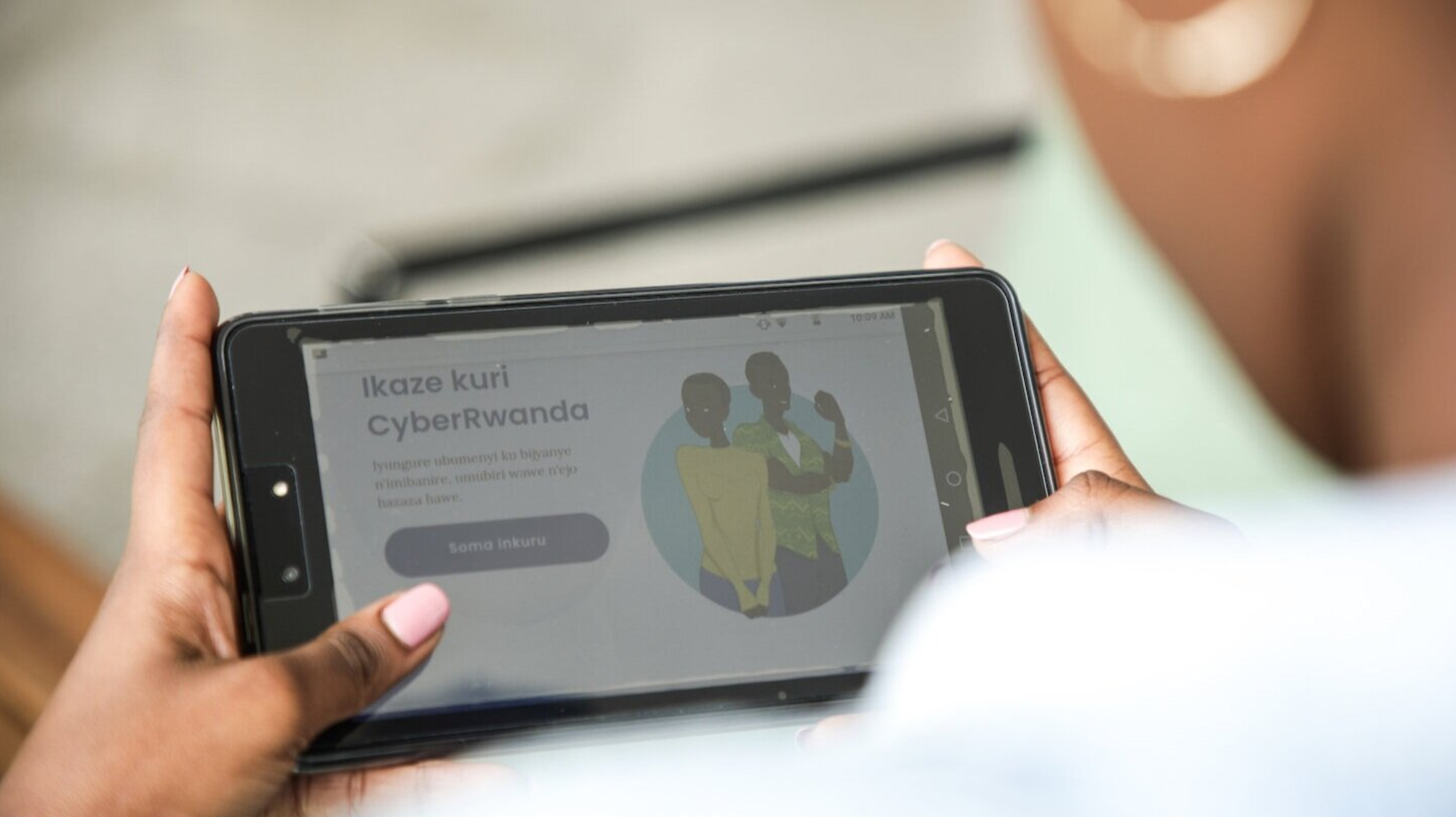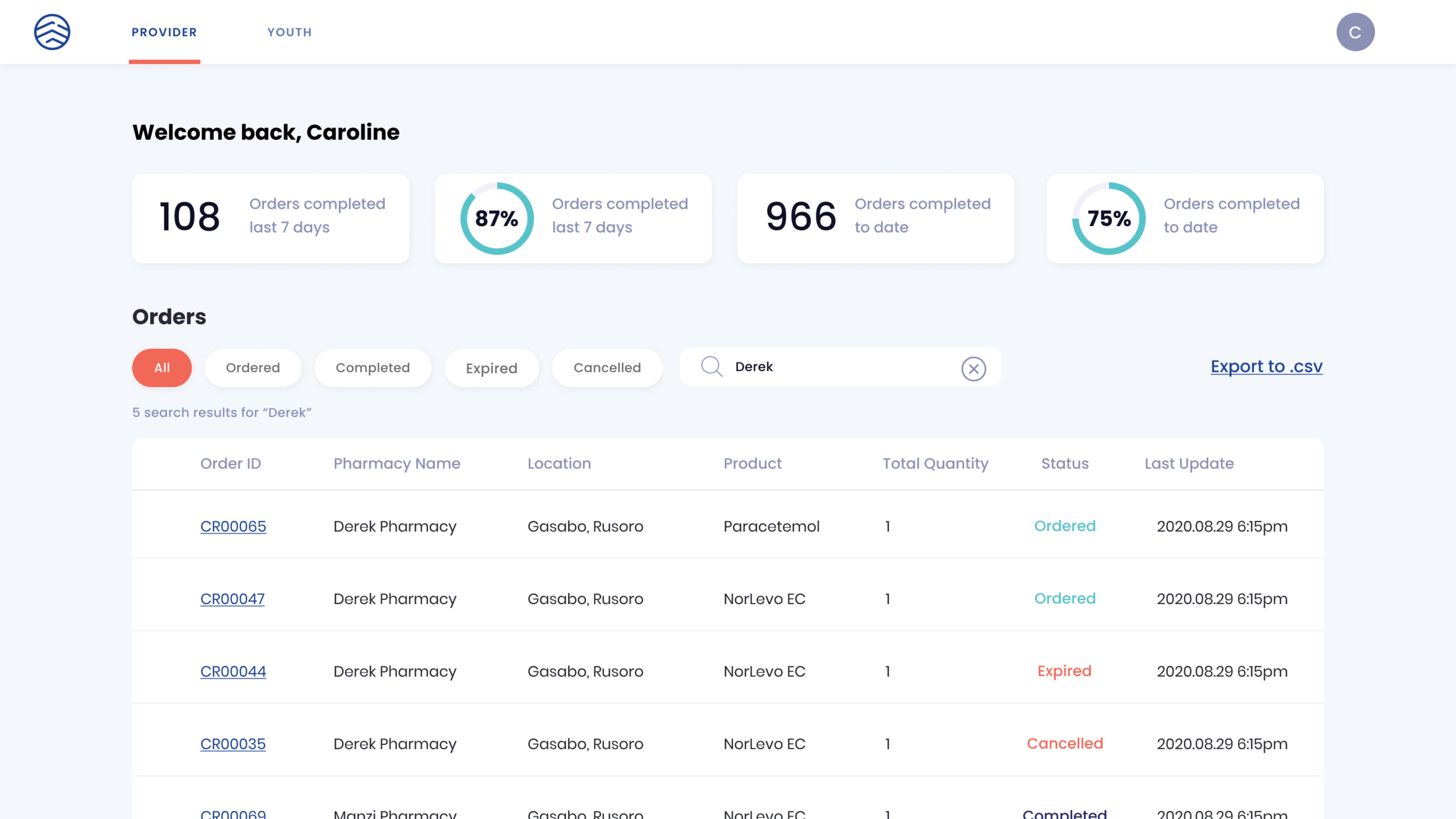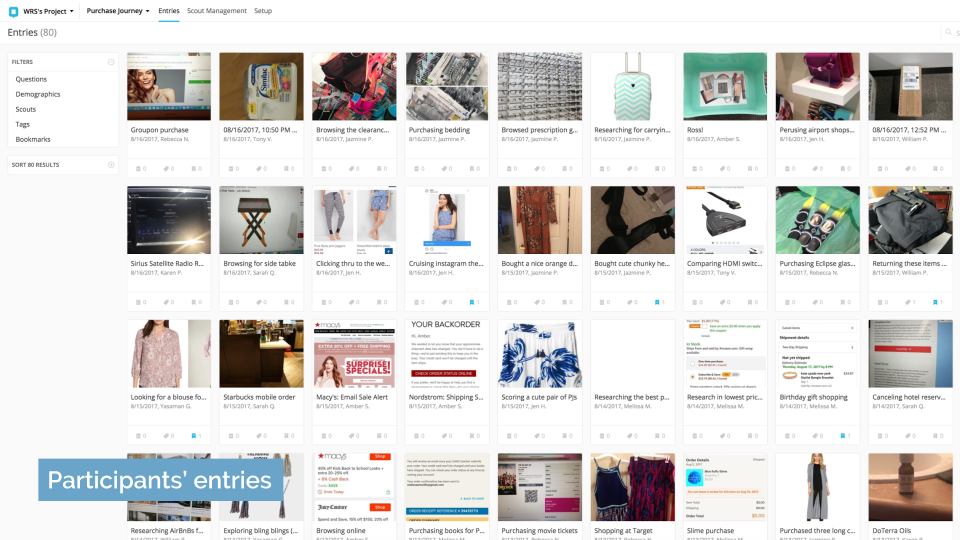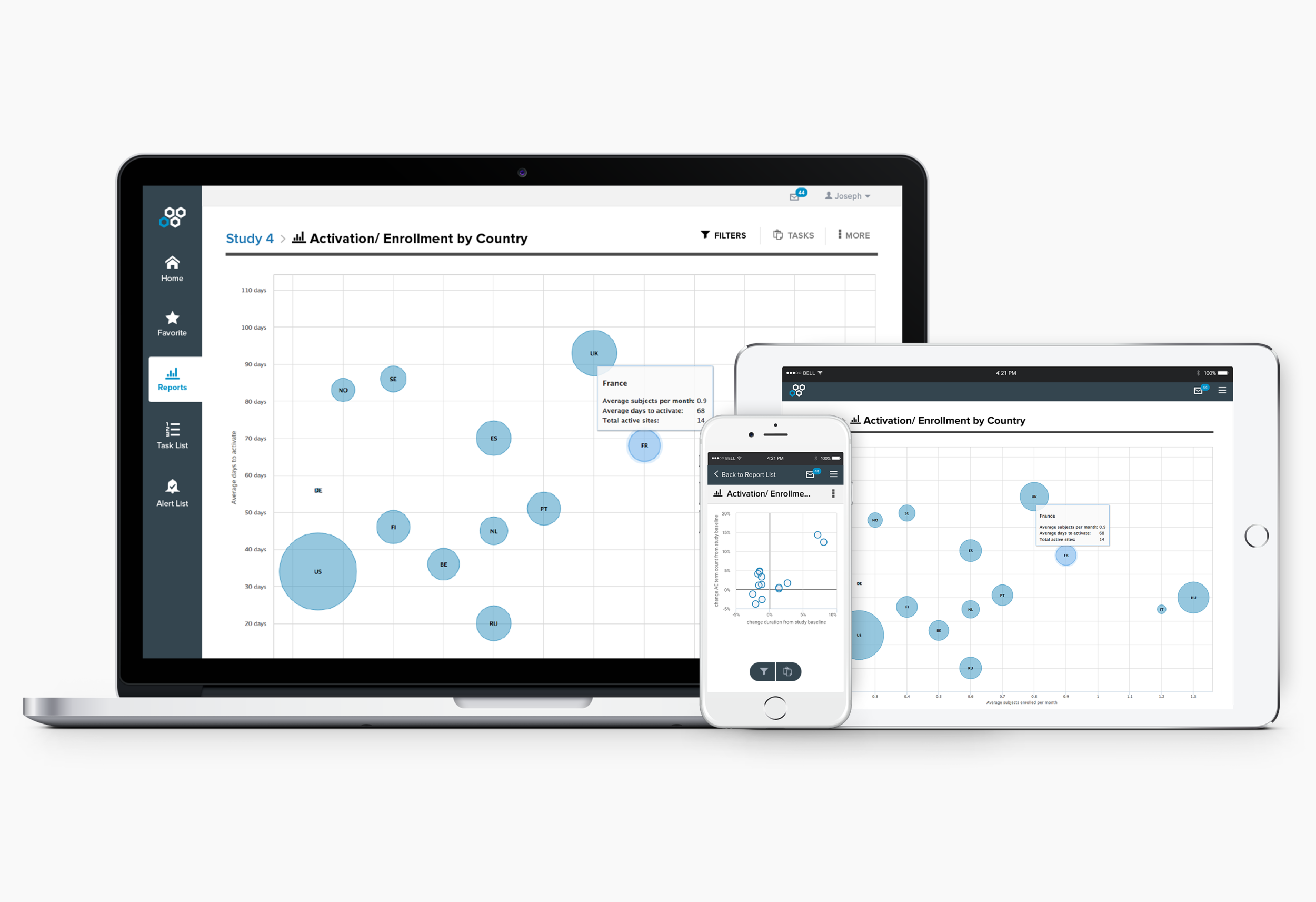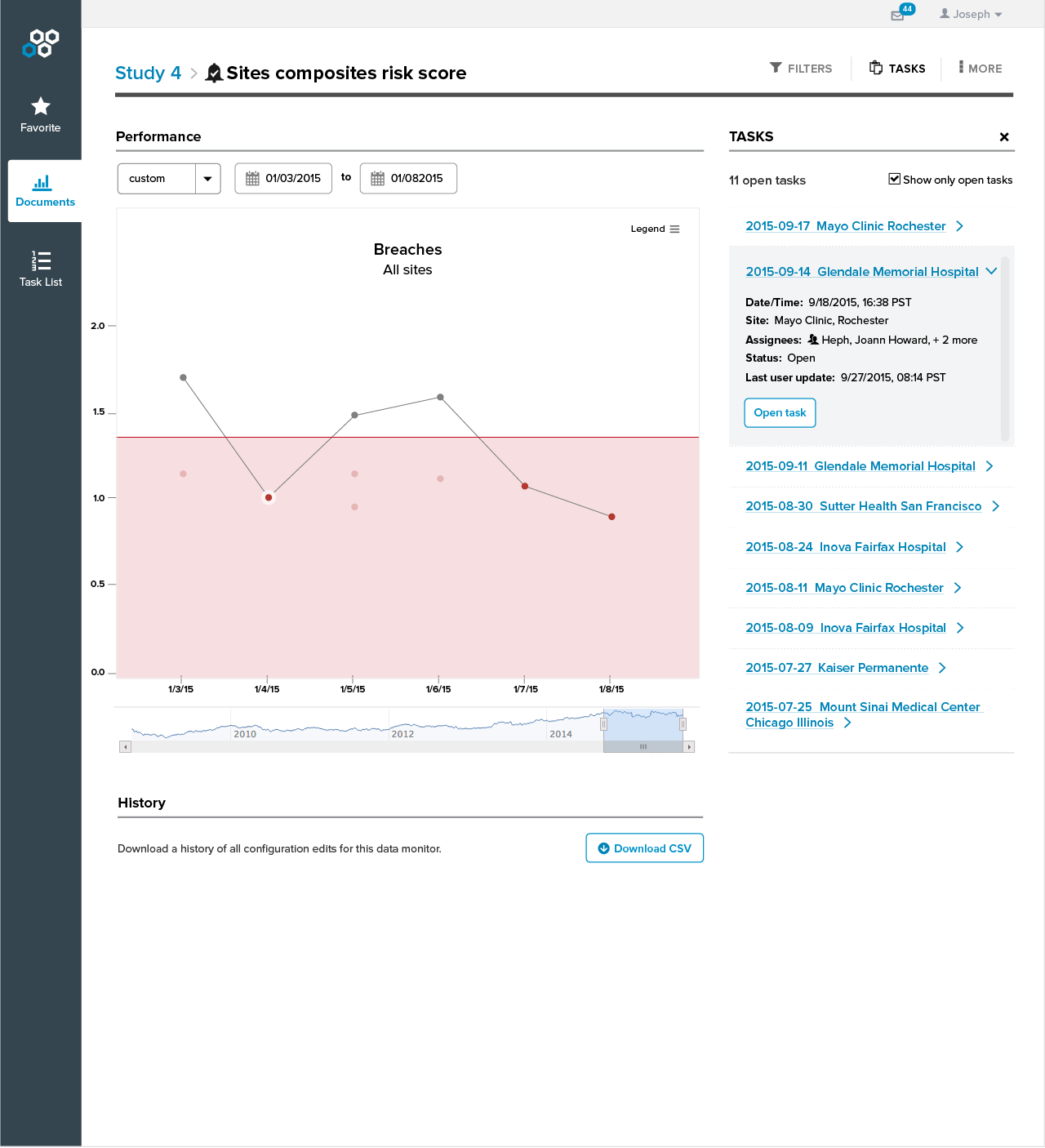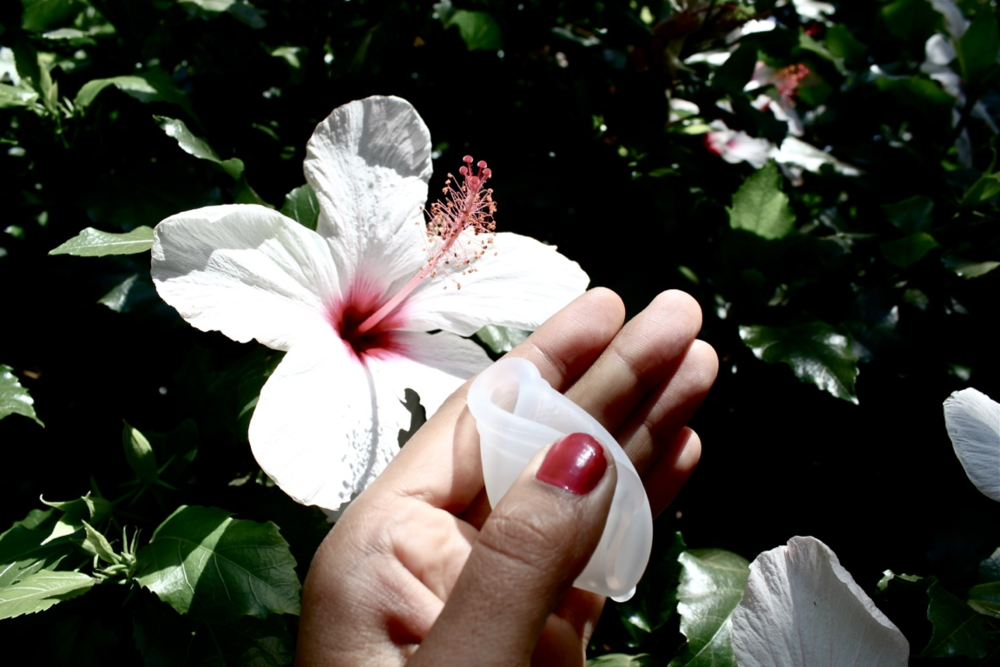Ruby Cup Design Research
Background
A large proportion of our trash consists of everyday objects that are still functional, including stereo systems, stoves, and computers. Yet, we all have objects that have special meanings to us which we refuse to throw away even they are no longer functional. What make those things special? Can us designers explore the power of this emotional attachment as an eco-design strategy?
These were the questions which led me to Kenya and started a 3-month design research project with Ruby Cup, a startup in Kenya that helps keep girls in through menstrual hygiene management. Through the "Buy One Give One" model, the company donates menstrual cups and provides health education to girls in Africa . The client’s requirements include a deeper understanding of their customers and design concepts which require little human resources and can be implemented in the near future.
Ruby Cup / Menstrual cup
design research in rural & urban areas
The research phase consisted of two shadowing exercises in rural Kenya and seven interviews with generative tools in Nairobi, the capital of the country. I was invited to stay with a family for several days in rural Western Kenya and several months in Nairobi, and during that period I had the opportunity to understand cultural nuances and listen to stories from women.
The preliminary findings from these activities became the inspirations of three design concepts, and the themes are: Feeling unique through owning, A sharing and helping culture, Anticipation as identity construction.
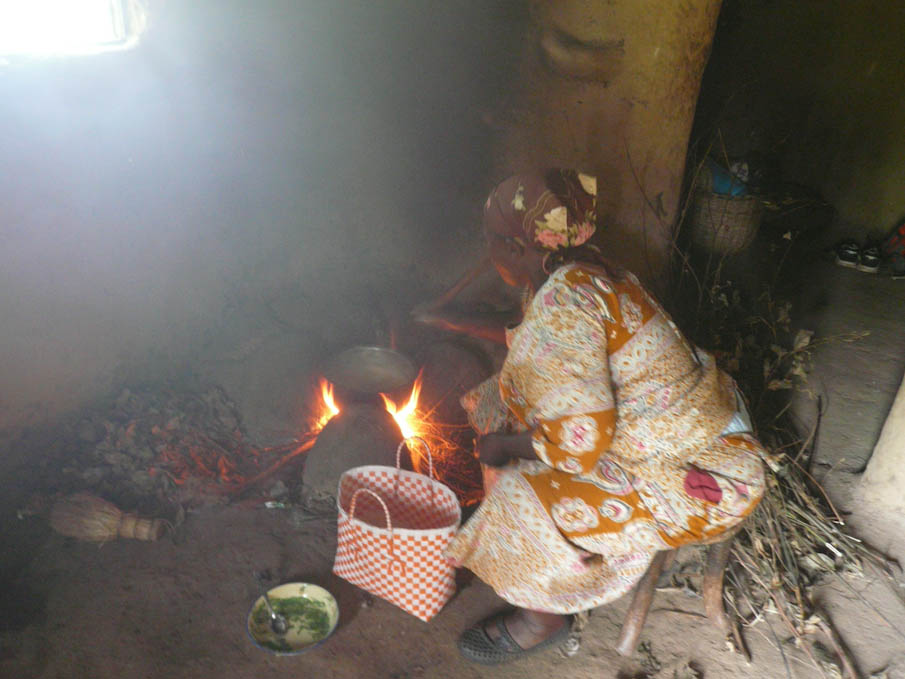
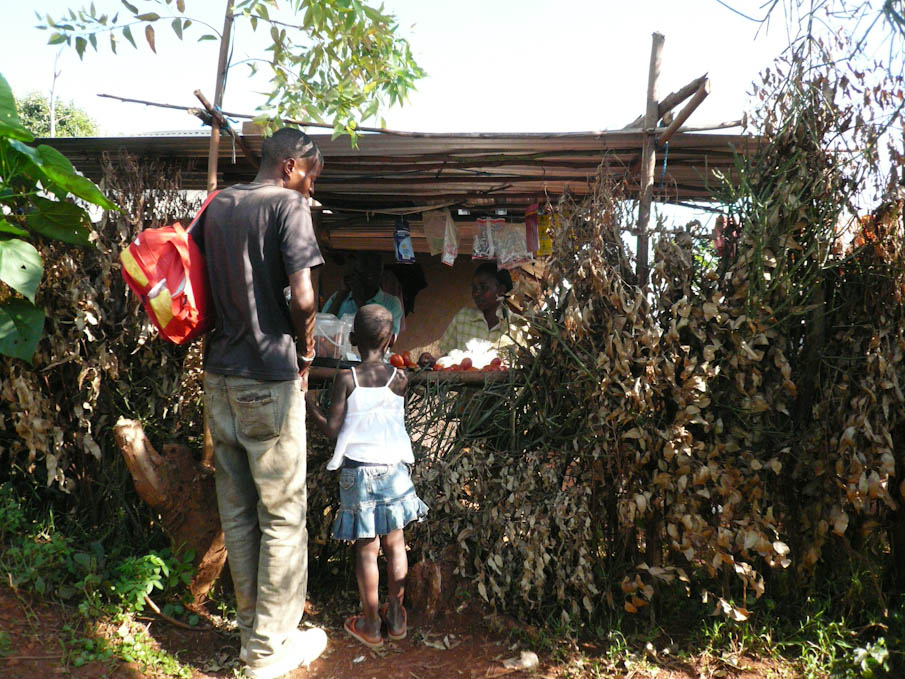
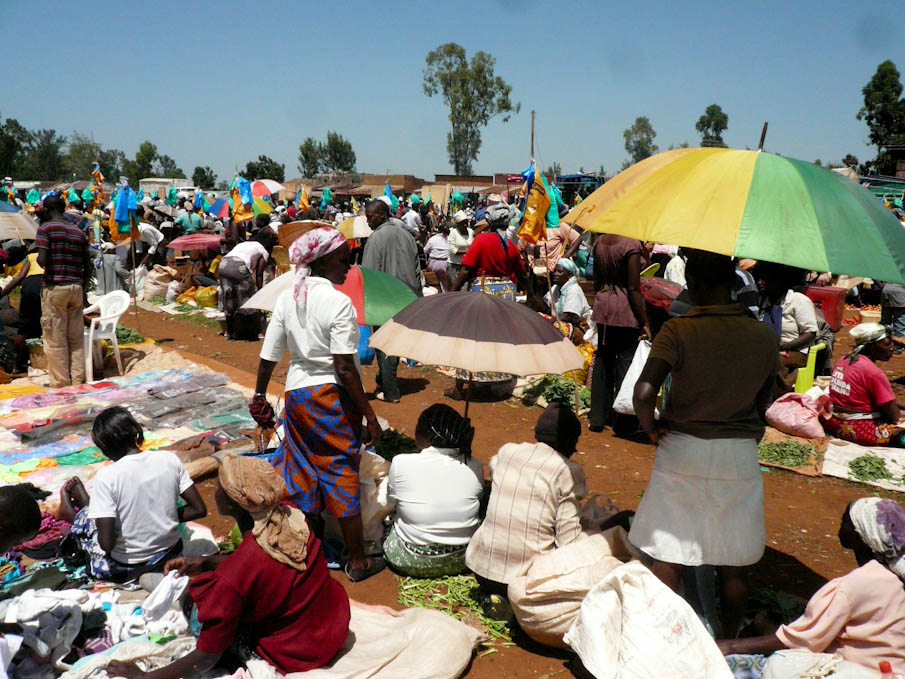
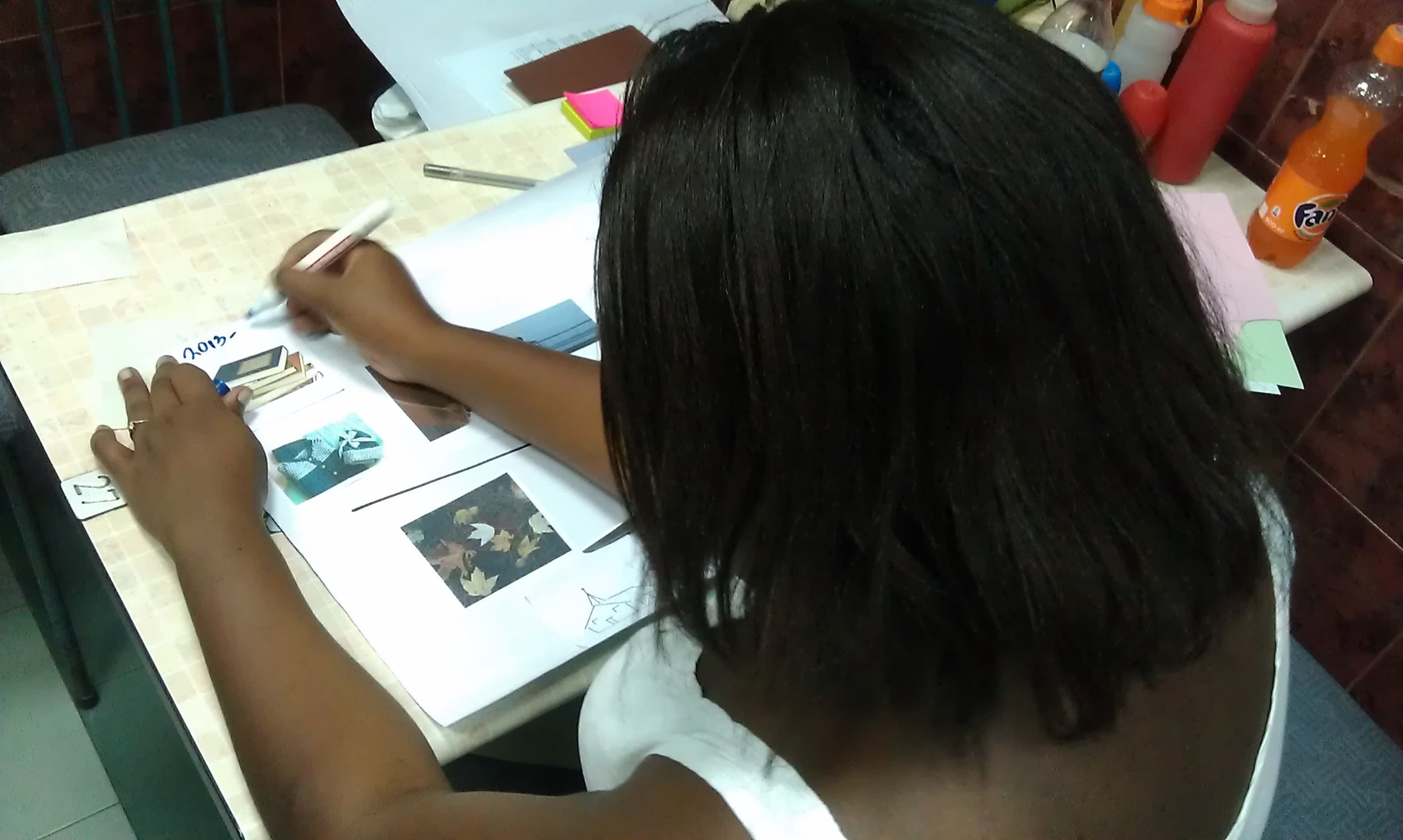
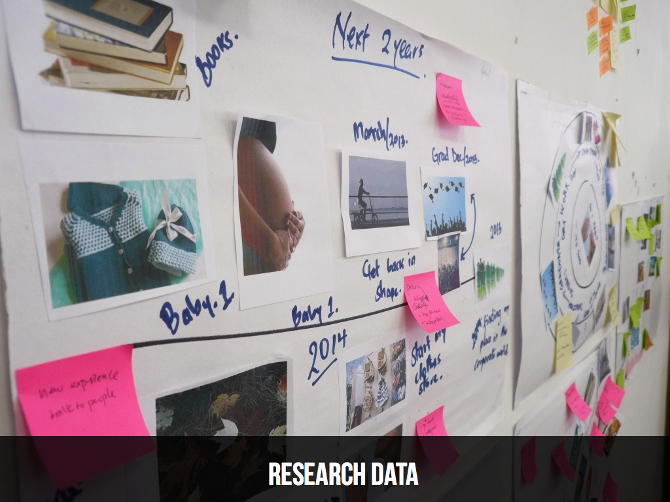
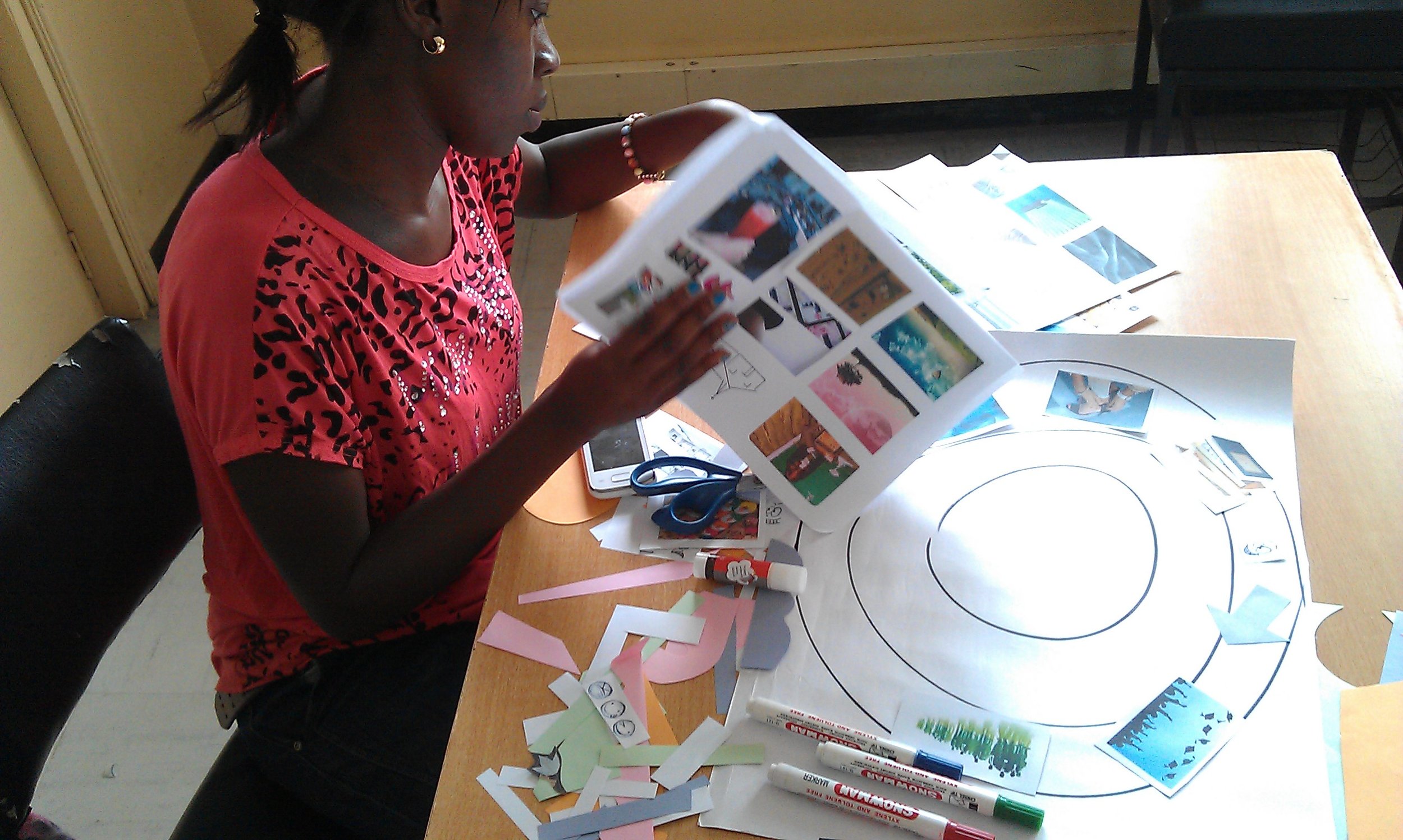
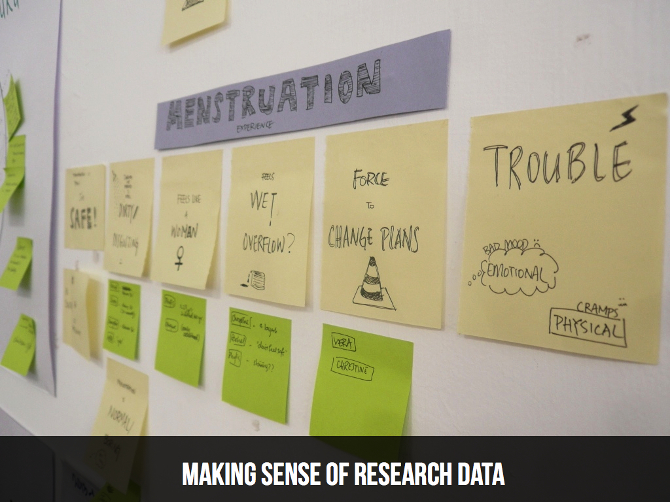
Co-design process & Insights
In the co-design and brainstorming workshops that I facilitated, the company stakeholders and the users explored various design ideas. Incorporating feedback from the co-creation workshops and feedback from the company, I iterated and prepared pilot tests for three design concepts: Self-made accessories as a tool for reflection and conversation, Youth support group, Customizable card for information sharing and anticipation.
The design iteration phase overlapped with the longitudinal study, for which I used an initial workshop, a follow-up session, and a short online questionnaire to gather feedback for design iterations as well as to observe the development of a product attachment. Company feedback was gathered simultaneously to aid design decisions.
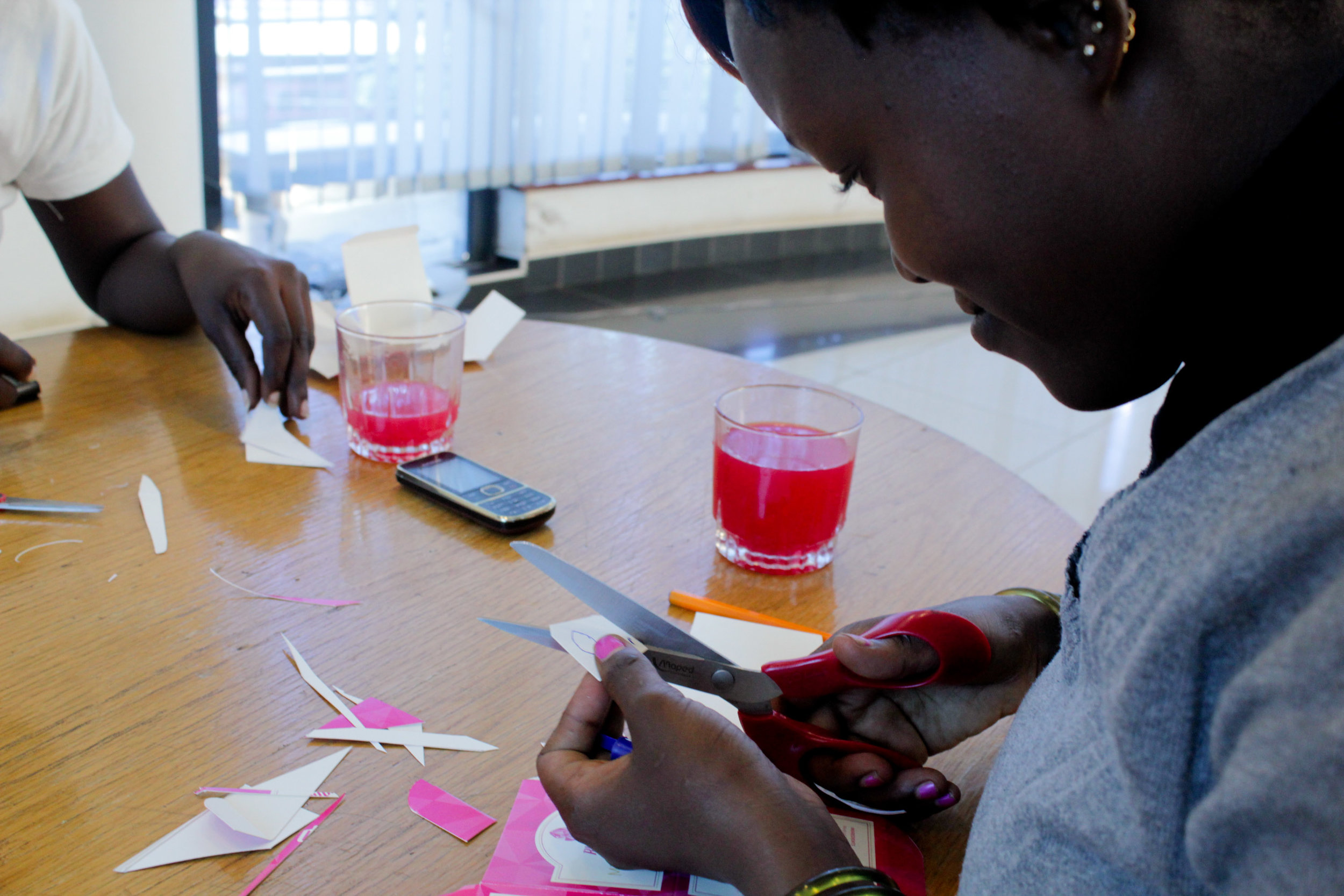
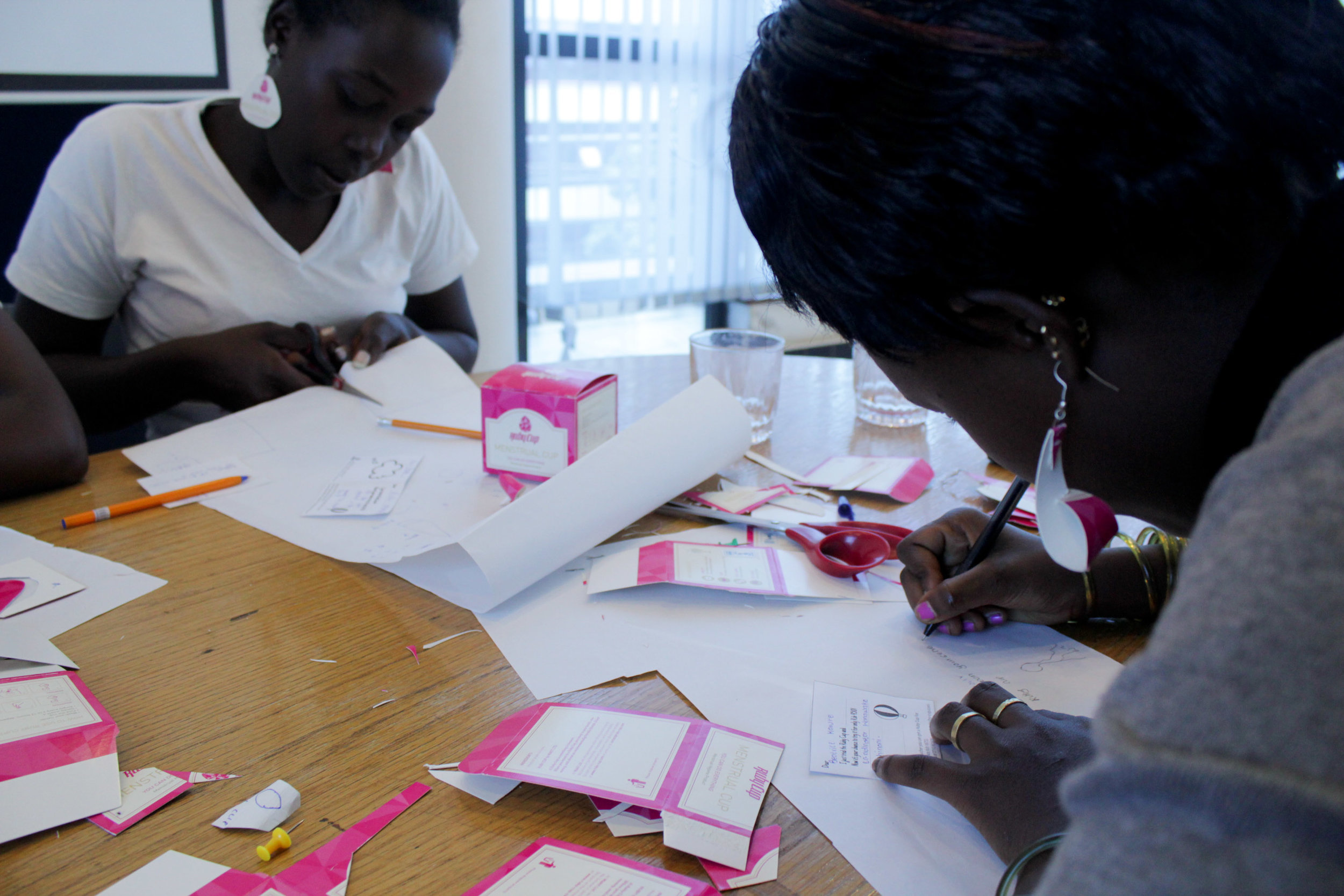
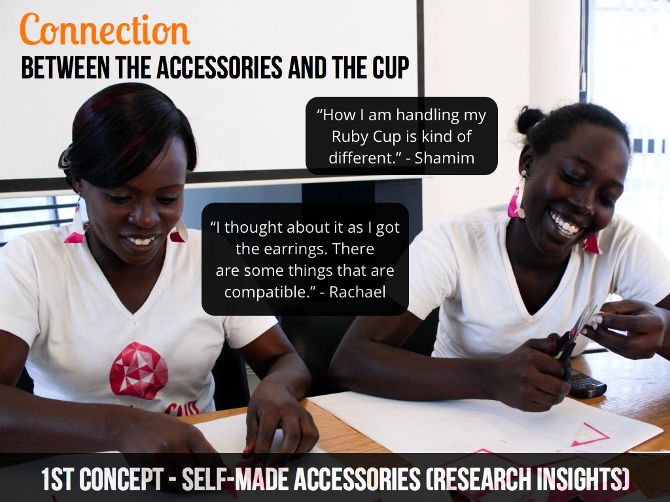

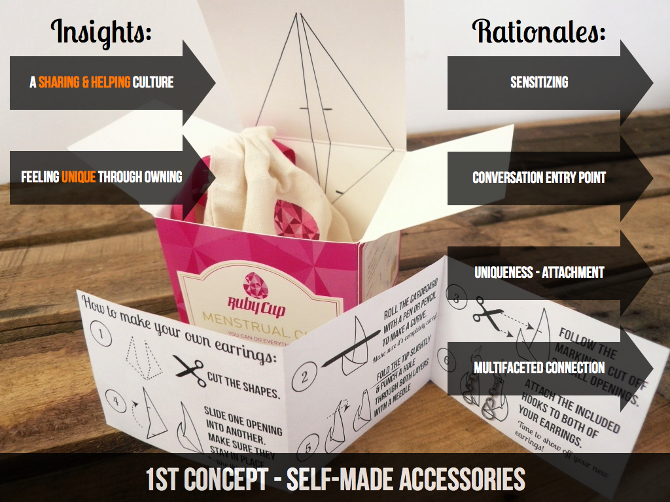
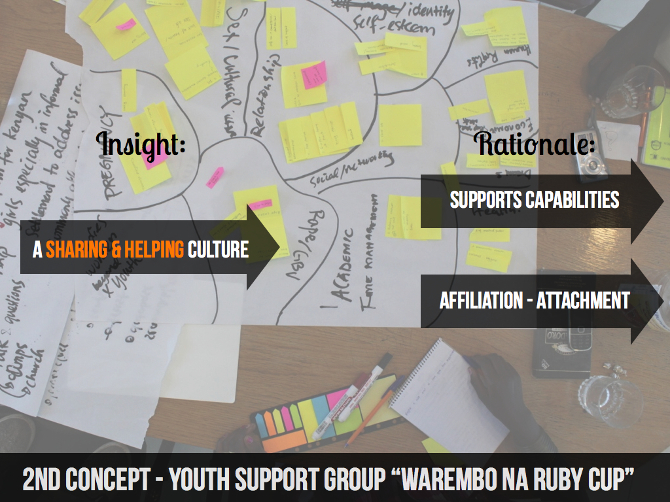

Design process in retrospect
Design suggestions
With the observation from these activities, I was able to gain an understanding on the factors affecting product attachment. Particularly, I noticed that the development of product attachment could be viewed as a social interaction process over time, in other words, the co-experience and temporality aspects should be considered. These are the three findings constructed from my research data and existing literature: Co-constructing identity through products, Giving and receiving as a way to connect, Anticipation shapes emotional development.
In order to utilize the insight that product attachment can be strengthened through social interaction, designers can try to encourage reciprocation, the act of giving or sharing and its anticipation..
- Evoking reciprocation - designers can encourage the owners to design, customize, augment, or create their products by either investing physical or mental effort, as ways for them to express and let others recognize their creativity
- The act of gifting and sharing - Designers can create physical objects which can be shared (either by using the same object or by allowing certain portions to be used independently and given away) or to be used in a group setting.
- Anticipation - designers can encourage anticipation by designing an agent which has the characteristics of the actual product that people desire. What kind of product attributes do you associate with a designer chair? A high quality camera? A messenger bag?



